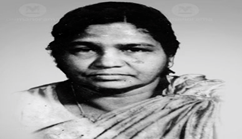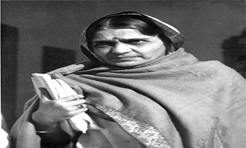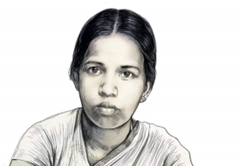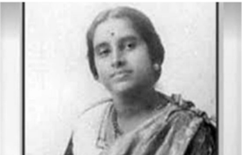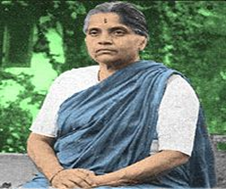WRONG MESSAGING: ON THE CITIZENSHIP (AMENDMENT) ACT, 2019
THE CONTEXT: The Citizenship (Amendment) Act (CAA), 2019’s implementation before elections raises concerns of political exploitation and legal challenges.The CAA’s timing, discriminatory norms, and political messaging have sparked controversy and debates on constitutional principles and equality.
ISSUES:
- Timing of Implementation: The decision to implement the Citizenship (Amendment) Act (CAA), 2019 just before the general election raises concerns about potential political exploitation.
- Legal Challenge: The CAA faces legal challenges before the Supreme Court of India, questioning its constitutionality and timing of implementation. It is argued that the CAA violates Article 14 of the Constitution by using religion as a criterion for citizenship eligibility, raising questions about equality and secularism.
- Discriminatory Norms: Criticism surrounds the CAA for its discriminatory nature, favoring specific religious communities for citizenship eligibility, potentially excluding others.
- Link to National Register of Citizens (NRC): There are fears that the CAA, coupled with the NRC, could lead to targeting Muslims and create uncertainties about citizenship status.
- Political Messaging: The CAA is being used for political messaging by the ruling party, emphasizing a religious underpinning in policies, which has sparked controversy and opposition. While the CAA aims to expedite citizenship for minorities from neighboring countries, concerns remain about its impact on minority rights and the exclusion of certain groups.
- Implementation Process: The rules unveiled for implementing the CAA introduce stringent processes that limit State interference, potentially impacting how the law is enforced across different regions.
THE WAY FORWARD:
- Addressing Discriminatory Norms: To mitigate concerns about discrimination, amendments to the CAA could be considered to remove the religious criteria for citizenship eligibility, ensuring a more inclusive approach.
- Ensuring Equality: Emphasizing equality before the law and protecting the rights of all individuals, regardless of religion, is crucial. Any modifications to the CAA should align with constitutional principles of equality and non-discrimination.
- Separating CAA from NRC: Clarifying and separating the Citizenship (Amendment) Act from the National Register of Citizens (NRC) could help alleviate fears of targeting specific religious groups and ensure a more transparent and fair process.
- Consultation and Dialogue: Engaging in meaningful consultations with stakeholders, including minority communities, legal experts, and civil society organizations, can help in understanding diverse perspectives and formulating solutions that address concerns effectively.
- Legal Reforms: Considering legal reforms to ensure that the CAA upholds constitutional values, respects human rights, and does not infringe on the rights of any community is essential for building a more inclusive and just citizenship framework.
- Transparency in Implementation: Ensuring transparency in the implementation of the CAA, including clear guidelines, oversight mechanisms, and safeguards against misuse or discrimination, can enhance trust in the process and alleviate apprehensions.
THE CONCLUSION:
Addressing discrimination, ensuring equality, and separating the CAA from the NRC are crucial steps forward. Consultation, legal reforms, transparency in implementation, and a humanitarian approach can help navigate the challenges posed by the CAA. By upholding constitutional values, fostering dialogue, and promoting accountability, India can move towards a more inclusive and just citizenship framework.
UPSC PAST YEAR QUESTION:
Q.1 Two parallel run schemes of the Government viz. the Adhaar Card and NPR, one as voluntary and the other as compulsory, have led to debates at national levels and litigations. On merits, discuss whether both schemes need run concurrently. Analyse the potential of the schemes to achieve developmental benefits and equitable growth. (2014)
MAINS PRACTICE QUESTION:
Q.1 Discuss the key issues surrounding the Citizenship (Amendment) Act (CAA), 2019, highlighting concerns related to its discriminatory norms, legal challenges, and political implications.
SOURCE:
